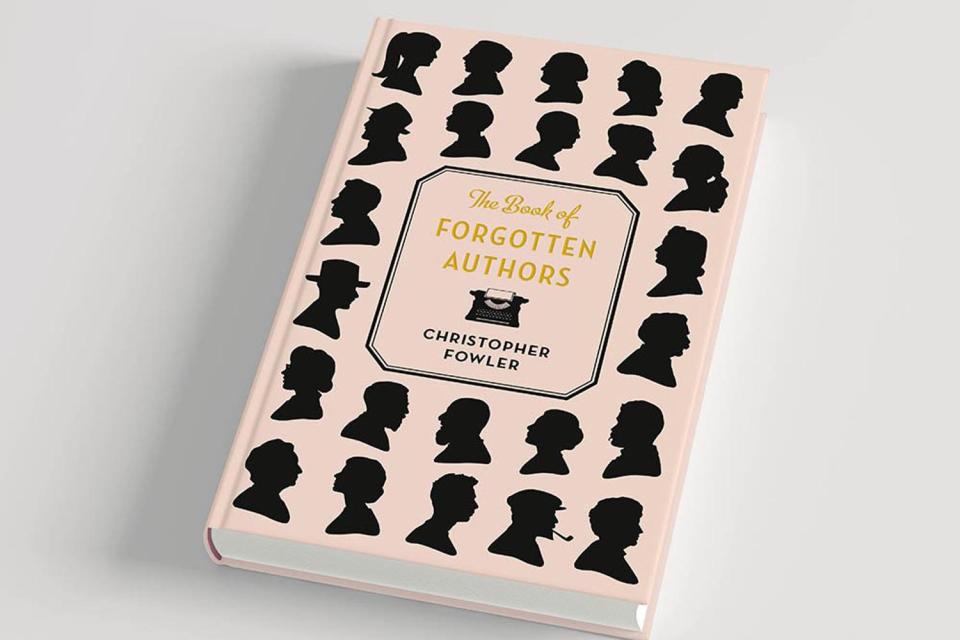The Book of Forgotten Authors by Christopher Fowler - review

Most readers will recall at least a few of the 99 names Christopher Fowler has plucked from (relative) obscurity. Margery Allingham (The Tiger in the Smoke), Margaret Millar (A Stranger in My Grave) and Brian Moore (The Colour of Blood), for example, are still on my own bookshelves. As this trio suggests, his aim is “to restore lustre to unfairly misplaced popular writers”. In other words, to add gloss to mainly works of genre: crime, romance and, above all, future fiction.
There are times when a better title for his treasure trove of trivia — which started out as a column in the Independent on Sunday — would seem to be 99 Unread Buffoons. T Lobsang Rampa’s mystical mash-up The Third Eye was a best-seller in 1956 but the Tibetan monk turned out to be a Devon plumber called Cyril Hoskin. No one cared: Hoskin produced another 18 volumes of his fake memoirs before fleeing to Canada where he died (not of shame) in 1981.
Many of Fowler’s forgotten are notable today for just one thing. Noel Langley (The Land of Green Ginger, 1937) was responsible for inventing Dorothy’s ruby slippers in The Wizard of Oz. Michael McDowell wrote the film comedy Beetlejuice but his novel Gilded Needles (1980) — a neo-Jacobean revenge drama set in old New York — sounds like a must-read today. Thomas Burke’s The Chink and the Child was filmed as Broken Blossoms by D W Griffith in 1936. The following year he published a dubious guide to the public urinals of London.
Fowler is an excellent epitomist of both character and career. Simon Raven, for example, a “dissipated yet energetic” cad who wrote The Feathers of Death 1959), “lost his looks, most of his friends and all of his money”.
Alcohol, debt and early death loom large — as does Soho ( Julian Maclaren-Ross, Keith Waterhouse) — and, disconcertingly, criminality: Richard Marsh (The Beetle, 1897) was a swindler and Matthew Phipps Shiel (The Purple Cloud, 1901) a kiddy-fiddler.
All human lowlife is here. So how can you guarantee posterity? You can’t: tastes change. Publishing remains a guessing game. That said, diversity of subject and versatility of form often lead to invisibility: in numerical terms, fewer titles are better than more and, of course, it should always be remembered there is no correlation between good writing and good sales.
This colourful compendium of literary lives should be read by anyone who loves books. I’m already looking forward to tracking down Raymond Durgnat’s A Long Hard Look at “Psycho” (2002), Joyce Porter’s offbeat crime sequence Dover One, Two and Three (1964) and Thomas Tryon’s The Other (1972) about a Russian grandmother who teaches two brothers to play a dangerous game. It apparently contains “a blindsiding mid-tale twist”.
£10.49, Amazon, Buy it now

 Yahoo News
Yahoo News 